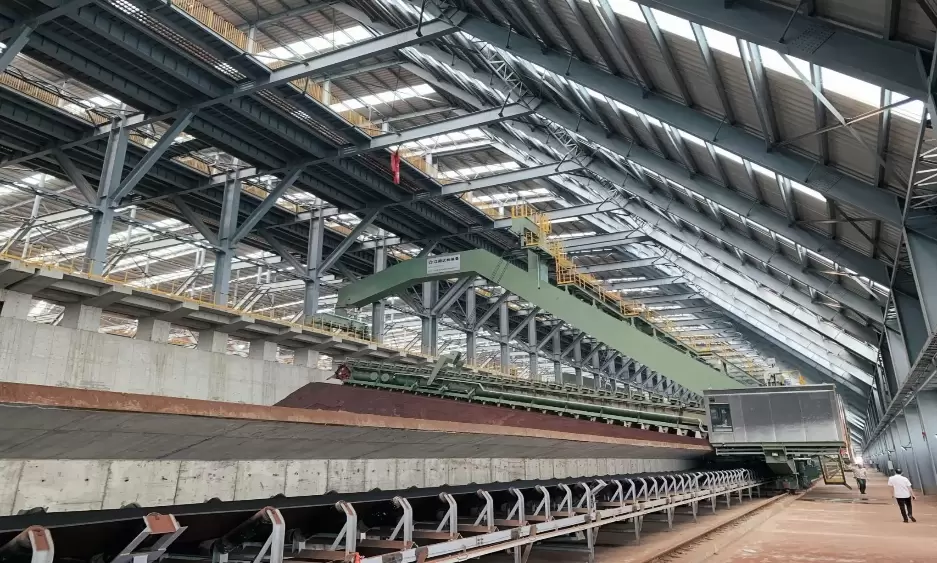Flexography, commonly known as flexo, is a printing process that utilizes a flexible relief plate to transfer ink onto a substrate. It is widely used in the packaging industry to print on materials such as paper, plastic, and metallic films. The process of flexo manufacturing involves several steps that ensure the final product meets the required quality standards. In this article, we will take a closer look at the flexo manufacturing process and its various stages.
Stage 1: Design and Prepress
The first stage of the flexo manufacturing process involves designing the artwork and preparing it for printing. This stage is critical as it sets the foundation for the entire printing process. The design is created using specialized software, and the final artwork is then transferred onto a film or a digital plate. The plate is then mounted onto the printing press, and the ink is applied to the plate.
Stage 2: Plate Making
The second stage of the flexo manufacturing process involves making the printing plates. The plates are made from a flexible material, usually photopolymer, which is sensitive to UV light. The plate is exposed to UV light through a film negative, which hardens the areas that are not exposed to light. The plate is then washed, leaving behind a relief image that is used to transfer ink onto the substrate.
Stage 3: Ink Preparation
The third stage of the flexo manufacturing process involves preparing the ink. The ink is formulated to meet specific requirements such as color, viscosity, and drying time. The ink is then mixed and tested to ensure it meets the required specifications.
Stage 4: Printing
The fourth stage of the flexo manufacturing process involves printing the artwork onto the substrate. The printing press consists of several rollers that transfer ink onto the plate, which then transfers the ink onto the substrate. The substrate is fed through the press, and the ink is applied to the substrate in a continuous process. The printing process is monitored to ensure the quality of the print is consistent throughout the run.
Stage 5: Finishing
The final stage of the flexo manufacturing process involves finishing the printed material. This stage includes cutting, folding, and gluing the material to create the final product. The finished product is then inspected to ensure it meets the required quality standards.
In conclusion, the flexo manufacturing process is a complex process that involves several stages. Each stage is critical to ensure the final product meets the required quality standards. By understanding the flexo manufacturing process, you can ensure that your printed material is of the highest quality and meets your specific requirements.



